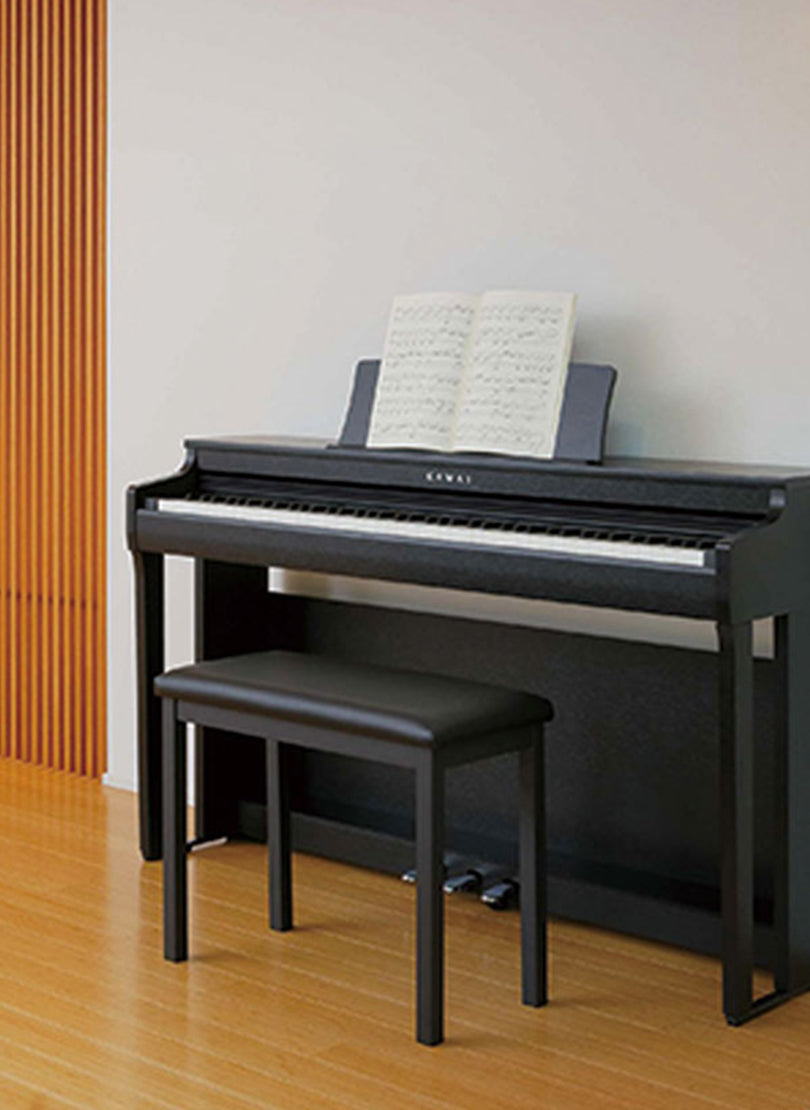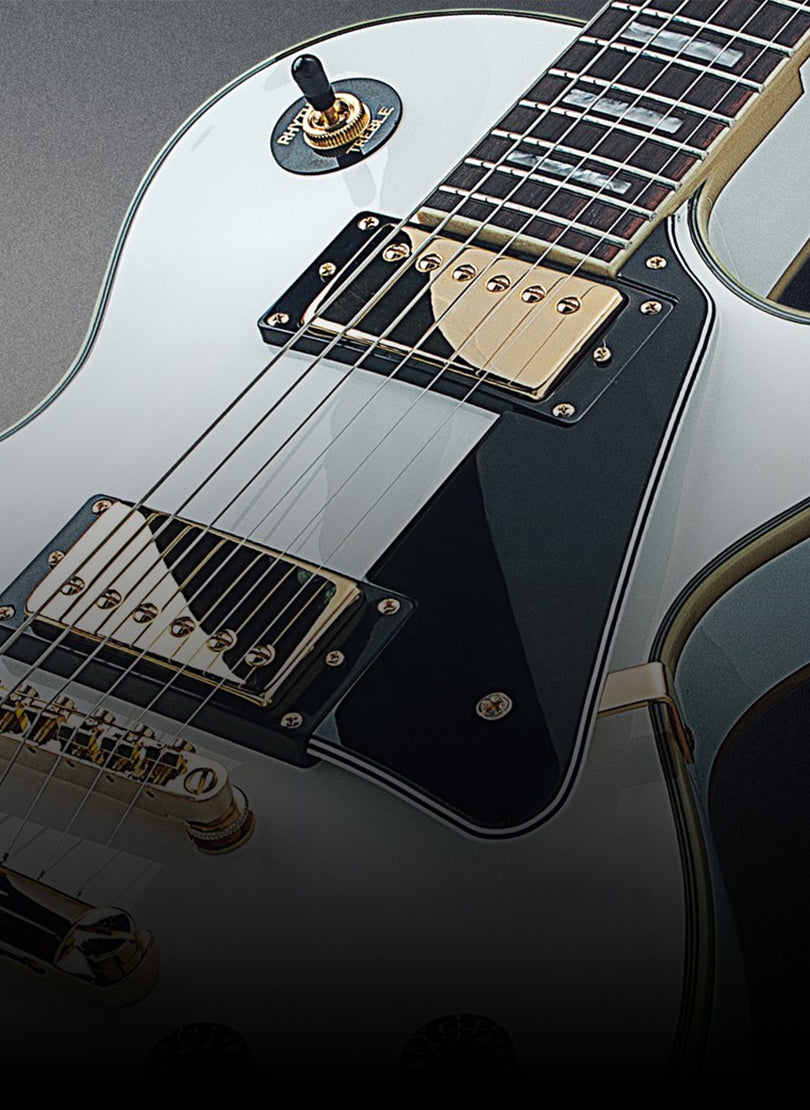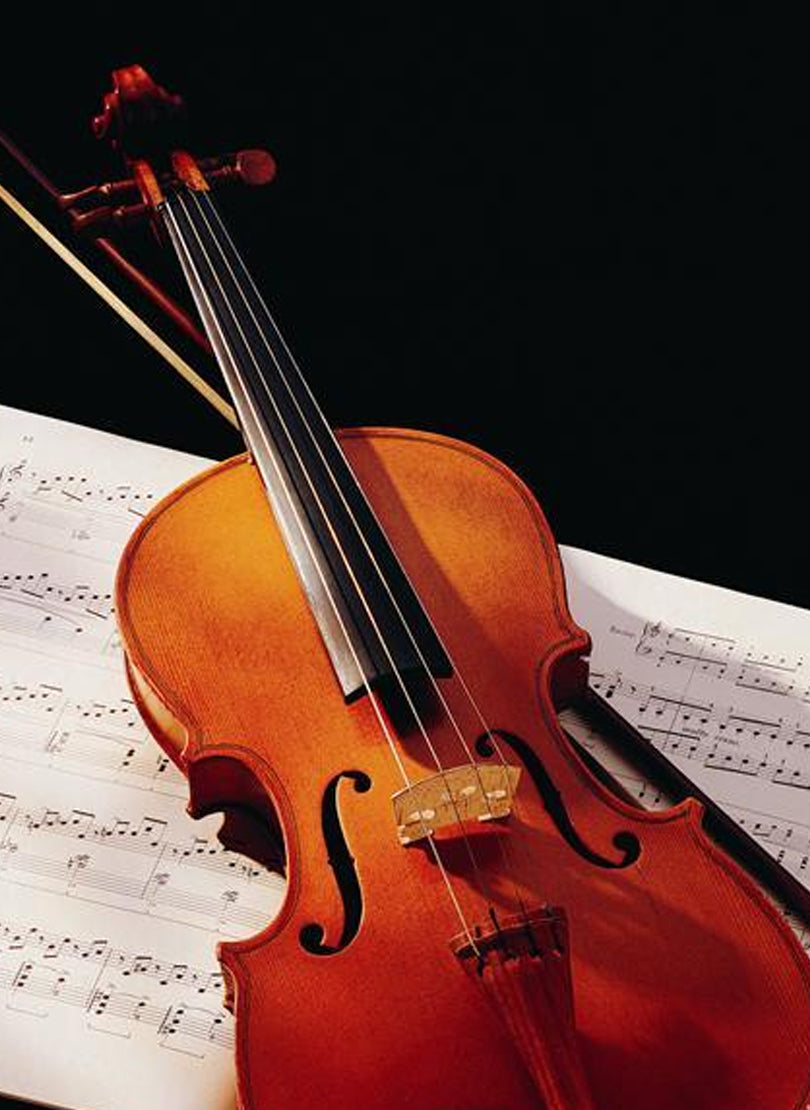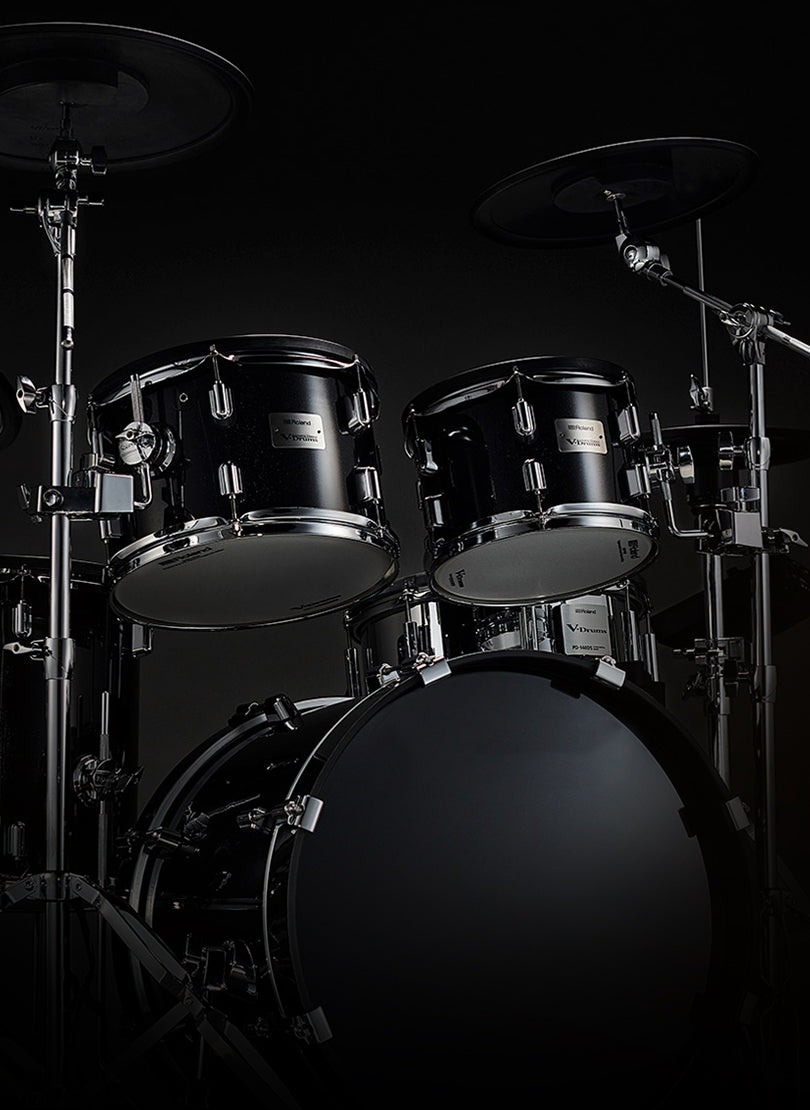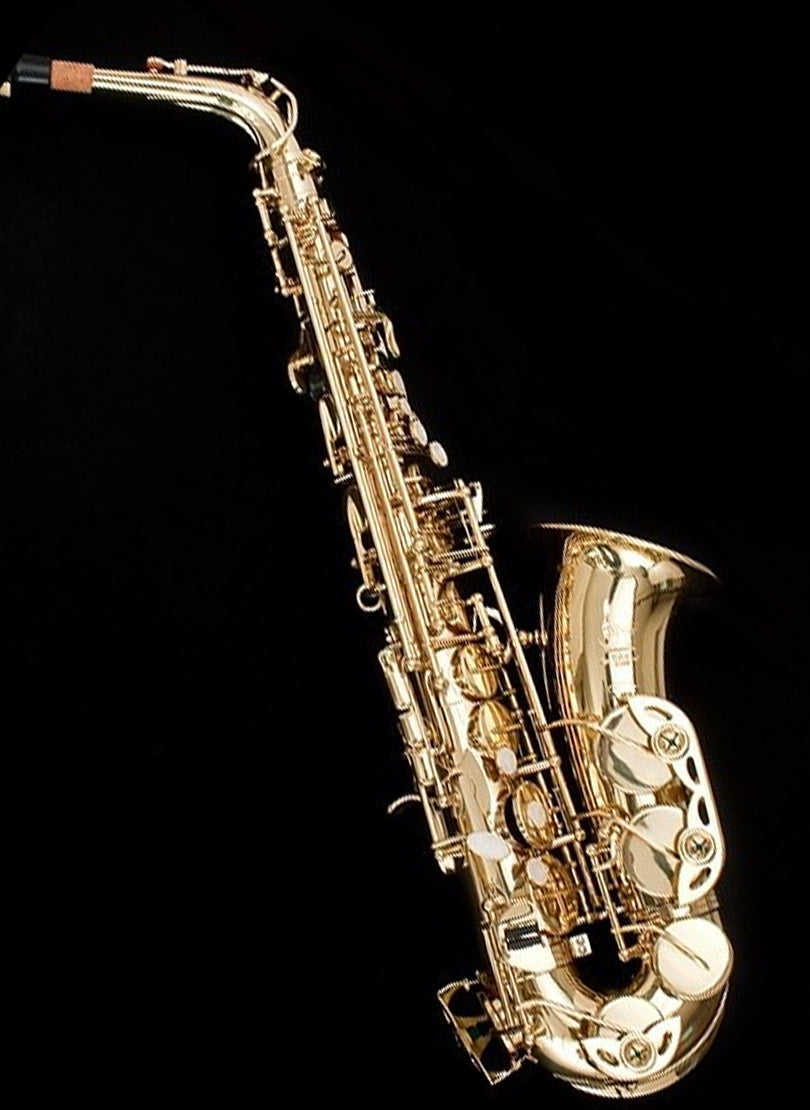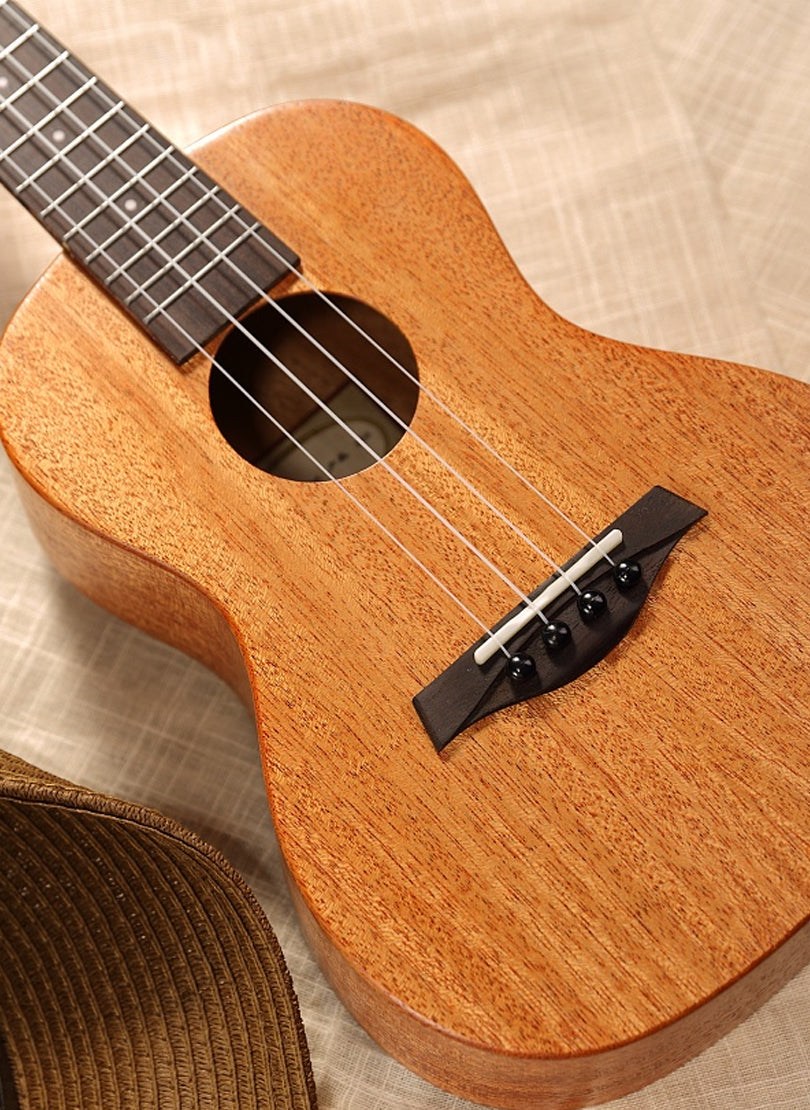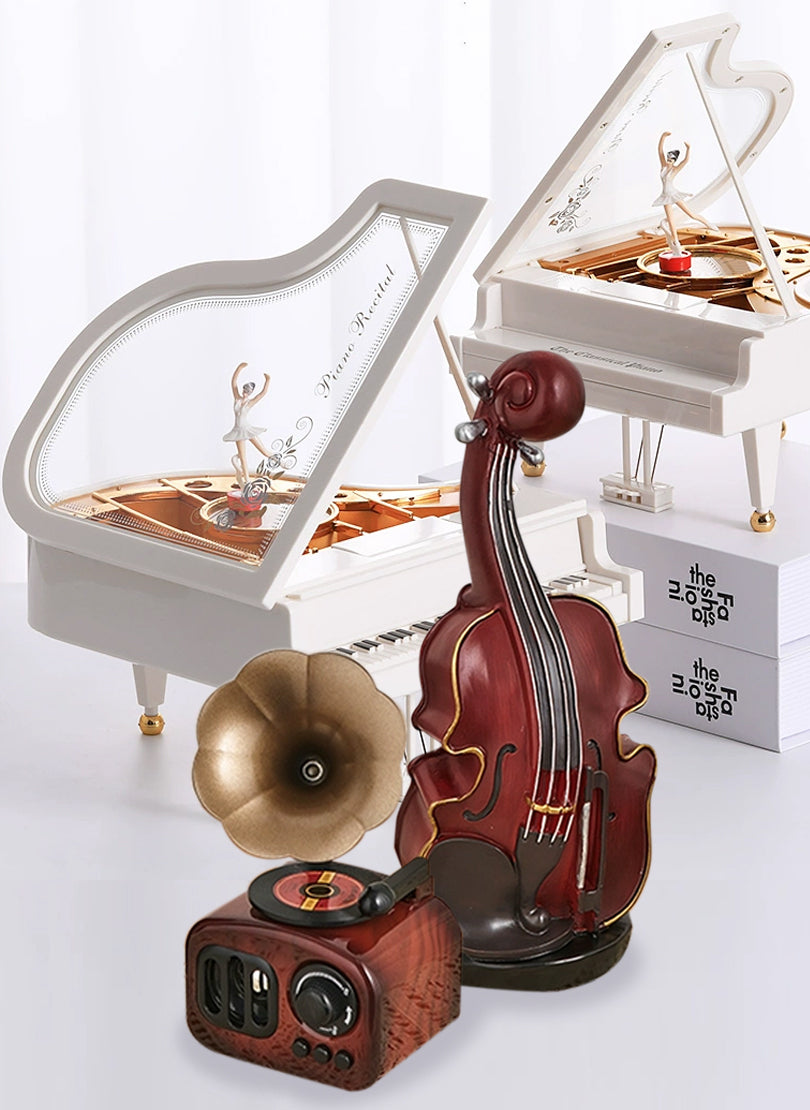Replacing guitar strings is not difficult, but for some reason it is a difficult problem for beginners. Whether it’s daunting or not, it’s a skill that every guitarist must possess and is easy to master. (Note: This guide assumes that you replace the guitar strings for the Dreadnought fearless acoustic guitar. The electronic guitar is slightly different, but many principles also apply).

Decide how to reinstall the strings. Whether each guitar string should be removed and replaced separately, or all the strings should be simply removed and once again all new strings are installed, there has been a constant debate on this aspect. Which method should be used will be up to you.
Using the method of replacing one string at a time, the tension that the neck is used to is retained most of the tension, so the guitar string tension and the truss tension are balanced.
Remove all strings at once and allow you to clean and wipe the guitar fingerboard without lifting the guitar strings or having to clean them around them. Fingerboards will accumulate skin oil, skin and dirt (can weaken guitar tone and sound).
2
Take out the strings. Relax the strings so that they are no longer tightened. Then you can cut them with pliers, or continue to loosen them with the buttons until the tuning button hole can be pulled out.
There is a cheap tool called a string reel that is very useful for changing strings, and you can find this type of product in any music or guitar store.
3. Remove the string pegs. This knob-looking thing (usually white or black) holds the strings inside the guitar. You can use the pin puller to remove the studs, which are available in a variety of styles and at any music or guitar shop. String pegs are quite difficult to pull out, especially with new studs or new guitars. Occasionally, you can try to pull them out from the outside with pliers. While this is an acceptable approach if you are extremely careful, it is usually not necessary.
Another method is to use a hard object such as a coin to push out the string pegs from the inside of the guitar. When you do this, you can push the strings further into the guitar, sometimes causing the ends of the strings to wrap around and insert with the pegs to help push the pegs out. Once the pegs pop out, you can pull the strings out of the peg holes.
4
Pull the strings out of the string nail hole.
5
If you want, you can clean your guitar at this time. This includes cleaning the body, fretboard, back of the neck, and headstock. Whenever possible, use a suitable cleaner purchased from a guitar or music store. Never use furniture polishes, glass cleaning sprays, or other common household cleaners. If you don't have any supplies, simply wet a deerskin cloth or lint-free cotton cloth and clean your guitar. The grease on your hands will quickly accumulate on the guitar fretboard, forming a thick layer of mud.
If you must use water, pour a very small amount of water into the cloth (it should be almost impossible to tell if the cloth is wet). Too much water will destroy the unsealed wood.
6
Bend the strings upwards (at a 90-degree right angle to the guitar) and turn the knobs so that the strings wrap around the knob holder several times. You'll need a lot of winding (the reel is also quite useful at this step). As you tighten the strings, make sure that each subsequent turn is stacked below the previous one and that the coiled loops do not overlap each other. This ensures that the strings look neat, prolongs the life of the strings, and prevents the guitar from going out of tune.
Don't tighten the strings to their normal pitch, but lower them down a few semitones. You have to make it tight enough to hold it in place, and you have to be able to apply enough tension to the bottom knob to prevent it from popping out, but now is not the time to "tune".
7
Repeat this process to install the other strings.
8
You can now tune your guitar (see How to Tune Your Guitar).
9
Use scissors to cut off the excess strings, leaving only about 0.5 cm of the reserved section. Cutting the strings too short will rewind that reserved portion to the wound strings and loosen the strings.


